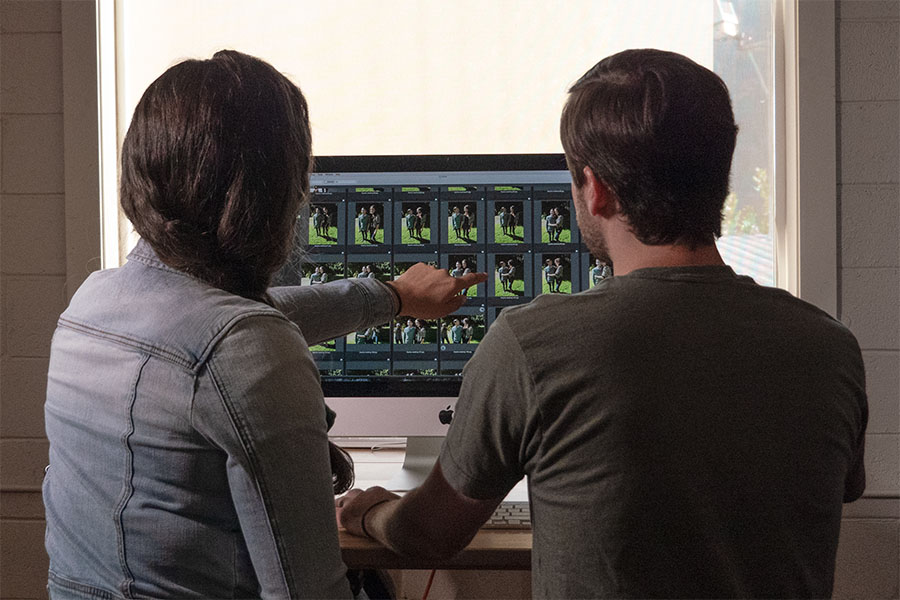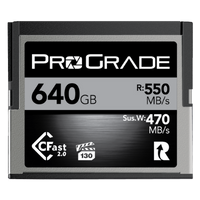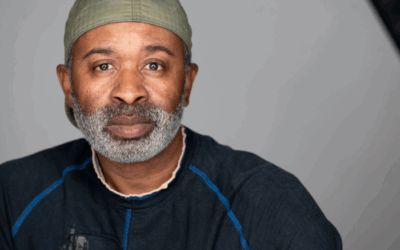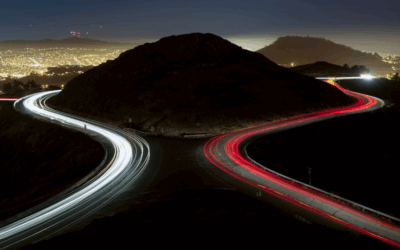Dennis Walker is the mastermind behind Camera Bits and the creator of Photo Mechanic – the software that’s been saving photographers’ sanity for over two decades. Dennis isn’t your average photo nerd, though. With a background in neural networks and a co-author on the award-winning game Dungeon Master, he’s always been a problem-solver at heart. When he stumbled upon the clunky world of early digital photography, he knew he could make things better.
And boy, did he deliver! Photo Mechanic was born from Dennis’ firsthand experience working with photo editors at major sporting events. He saw their struggles with slow, inefficient workflow and knew there had to be a better way. Photo Mechanic’s lightning-fast speed, intuitive organization tools, and powerful metadata capabilities have made it a staple for photographers of all stripes.
We had the privilege of sitting down with him to discuss the creation of Photo Mechanic, the evolution of digital photography, and his vision for the future.
“Evolve or die.” – Dennis Walker
Could you share the story behind the creation of Photo Mechanic? What specific need or gap in the market did you aim to address at the time?
DW: Photo Mechanic was originally designed to work with the Kodak DCS cameras, the first digital cameras of sufficient quality to be used by professional photographers. These cameras only shot RAW, not JPEG. Before Photo Mechanic, the only way to work with the Kodak RAW photos was with Kodak’s Acquire plug-in for Photoshop. So the photographers or editors had to open the photos in Photoshop just to do anything with the RAW files. This was not only impractical, it was horribly inefficient.
My goal with Photo Mechanic was to allow photos to be edited outside of Photoshop for the purposes of selection and addition of metadata. I don’t mean pixel editing. Then only the selects would be opened in Photoshop, and this was accomplished with a file format plug-in I created called DCS Photo which did the RAW processing conversion, not Kodak’s plug-in. This plug-in from 1997 was in many ways like Adobe Camera RAW because it contained other features like white balance and exposure compensation.
A lot of people don’t know that the 1.0 version of Photo Mechanic didn’t even edit JPEGs – that wasn’t added until 2000 when Nikon came out with the D1.
Transitioning from neural networks and game development to revolutionizing digital photography workflows must have been quite a journey. Can you discuss some of the major challenges you faced in the early days of Camera Bits and how you overcame them?
DW: Before I started Camera Bits I was working with a company that made SIMD processors for training neural networks, but it turns out these processors also worked well for image processing, and so we sold a plug-in board for Macs that accelerated Photoshop. My job was to work with other companies that made Photoshop plug-ins to see about accelerating them, and Kodak was one of them.
That was my lucky break. I was given access to Kodak’s raw processing source code that I had to rewrite in microcode for the accelerator board. Despite Kodak’s reputation of having top-notch color scientists, their algorithms were actually quite poor and the image processing calculations were flawed in the formulation. It was a bit challenging to fix and improve on their algorithms, not being a color scientist myself. I also worked with Minolta’s RD-175 camera and made significant improvements to the image quality and performance of their plug-in. This was challenging because all the documentation was in Japanese.
A big challenge for me was that I was never a photojournalist, never even stepped into a darkroom, and yet I was supposed to come up with workflow solutions in an industry I never worked in. That is why I used to spend a lot of time with the NPPA workshops where I could learn from those in the industry and pick their brains about what features they needed.
As any software developer knows, perseverance usually overcomes obstacles. Where there is a will there is a way.
Photo Mechanic has been a cornerstone in the photography industry for over 25 years. How has the software evolved to meet the changing needs of photographers and the advancements in digital photography?
DW: Gosh I guess a better question is how has Photo Mechanic NOT evolved? Photography is always on the bleeding edge of technology, and this has forced us to adapt to advancements not only in photo technology, whether it be color management or metadata standards such as XMP, but also with advancements in computer technology. A good example is keeping up with all the various CPU architectures that Apple has thrown at us over the last 28 years (68K, PowerPC, Intel, Apple Silicon).
Lately, I’ve been working with the C2PA standard for image authenticity and provenance, and this is quite an evolution in the handling of digital photos since it involves cryptography and it treats photos as legal documents. Of course, this standard is almost a knee-jerk reaction to the introduction of generative AI which has caused a lot of freaking out in the photojournalism industry. Evolve or die.
Your last-minute coding change during Super Bowl XXXII is legendary. Could you describe what was going through your mind at that moment, and how this experience influenced the future development of Photo Mechanic?
DW: What was going through my mind was “Jim you are crazy.” Jim Dietz was my AP technology contact, a really great guy, but it was game day and AP was already violating all the rules about using beta software. Still, Jim had a simple request, and I knew it wasn’t going to break anything. It was a one-line code change that didn’t involve any logic, so I did it.
I used to do these minor tweaks all the time at NPPA workshops. Someone in the mock “newsroom” would request a small feature change and I would go up to my hotel room, make the fix, then come back to the ballroom and install the update. This is what happened with exposure compensation that I added to my DCS Photo plug-in. It was a simple request (logically anyway) my friend Nick Didlick made at dinner one night, and so I had it working the next morning.
I guess this experience taught me to listen to my customers.
Photo Mechanic has had a significant impact on photojournalism and the speed at which news can be reported. How do you view the role of Photo Mechanic in the transformation of news media?
DW: Besides the basic tenets of exposing the truth, photojournalism has always been about speed, about beating your competitor to the wire. Because of Photo Mechanic’s speed, it has played an important role in the timely delivery of photos. But with the advent of easily created fake imagery, I think the photojournalism industry is focusing more on content authenticity than the speed of publishing. It doesn’t benefit a news organization to be the first to publish fake photos. The focus now is more on how to guarantee authentic imagery with a secondary goal of speed.
With authenticity in mind, we have invested a lot of effort in the last few years to create a solution in Photo Mechanic to preserve the provenance of digitally signed photos using the C2PA standard. Although this does negatively impact the speed of processing digitally signed photos due to the significant amount of cryptographic hashing math that must be calculated, there are ways to optimize these computations to make them as efficient as possible. But even more challenging is to maintain the workflow that users have become accustomed to, and not deviate from this process too far with additional steps. I think we have developed a solid solution for achieving these goals.
Final Thoughts
Dennis Walker’s story is a testament to the power of innovation and listening to your community. From its creation to its evolution, Photo Mechanic has made a lasting impact on the digital photography landscape and the field of photojournalism. Not only has it provided a solution for photographers to efficiently manage and deliver their images, but it has also adapted to the ever-changing technology and industry standards.
As we continue to see advancements in digital photography, one thing is certain – Photo Mechanic will continue to evolve and play a vital role in this transformation, thanks to Dennis Walker, his dedication, perseverance, and unwavering commitment to delivering quality solutions for photographers around the world.





